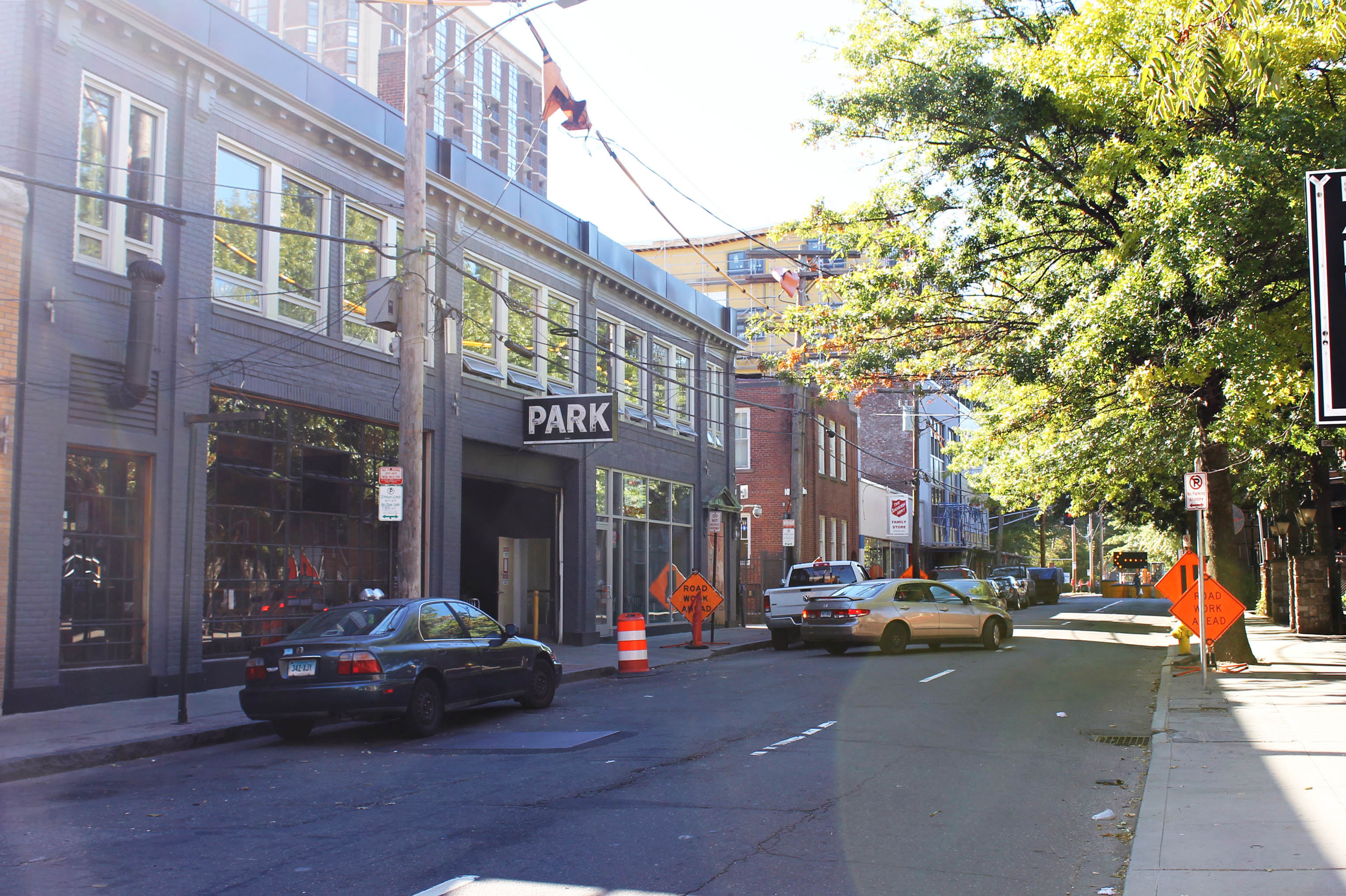
Hill-to-Downtown — the city’s plan to link Union Station and Downtown with new commerce — cleared a hurdle Wednesday night.
The five members of the City Plan Commission present voted four to one to approve a rezoning proposal for the 20.6 acres between Union Station and Downtown. The proposal to change the area’s zoning from general business to BD-3 — a categorization which encourages high-density, mixed-use and pedestrian-friendly development — will go before an aldermanic committee on Nov. 30. The proposed BD-3 zoning plan will also allow for lab space as New Haven pushes to attract biotech companies.
“The completion of the Alexion building, that is also in the BD-3 zone, is an opportunity as a community to take advantage of its historic addition and the new interest we’re getting from biotech companies,” said City Economic Development Administrator Matthew Nemerson SOM ’81. “This zone is specifically set up to take advantage of companies looking to move into the city.”
Edward Mattison LAW ’68, the head of the commission, said he voted for the plan because it allows concerned community members to continue providing input via the Board of Alders.
Executive Director of City Planning Department Karyn Gilvarg — who was present at the meeting though she is not a member of the commission — said the time come for the Hill-to-Downtown project to move forward. The city released the original plan in 2013 after one year of discussion between city officials and community members.
Westville Alder Adam Marchand GRD ’99, the only member of the five-person commission to vote against the proposal, said that a special Hill-to-Downtown committee should be created before the project moves forward. The committee should hear community concerns on the issue and bring their findings before the commission, Marchand said. While the BOA has already approved the creation of the committee, members are yet to be officially appointed.
“It’s an important procedural issue I feel we need to respect,” Marchand said.
The commission voted after a public hearing that allowed community members to speak about the proposal. Members heard from a range of individuals, from high-ranking city officials to concerned parishioners at Saint Anthony’s Church.
The two parishioners who testified said the zoning would allow for high-rises near their church that would cast shadows over its parking lot. Blocking light to the lot would make it icy, a safety hazard for many of the church’s older parishioners.
Furlow and Hill alder Dolores Colón said many of her constituents had also voiced concerns over parking shortages. Many living in her ward are not able to park in front of their homes because others have already snagged the spots on the curb, she said.
The competition for parking spots, Colón said, considerably impacts the quality of life for her constituents. But changing the zoning to a BD-3 would only exacerbate the parking shortage because of its less stringent requirements for developers to build parking spots, she said.
Colón said that a parcel of land included in the zoning proposal is located across the street from a senior residence and should not be zoned as BD-3. She added that several other blocks should likewise not be a part of the 20.6-acre zoning proposal.
“We don’t want all these different parcels that make up the 20 acres to be under the same umbrella right now,” she said.
RMS Companies is currently the only private developer committed to the Hill-to-Downtown plan, but there is potential for other companies to join in the future. Because of the project’s uncertain nature, the city should be cautious making long-lasting zoning changes that cover such a broad swath of land, Colón said. RMS is creating five properties across four blocks in the area.
New Haven has 45 different boards and commissions.







